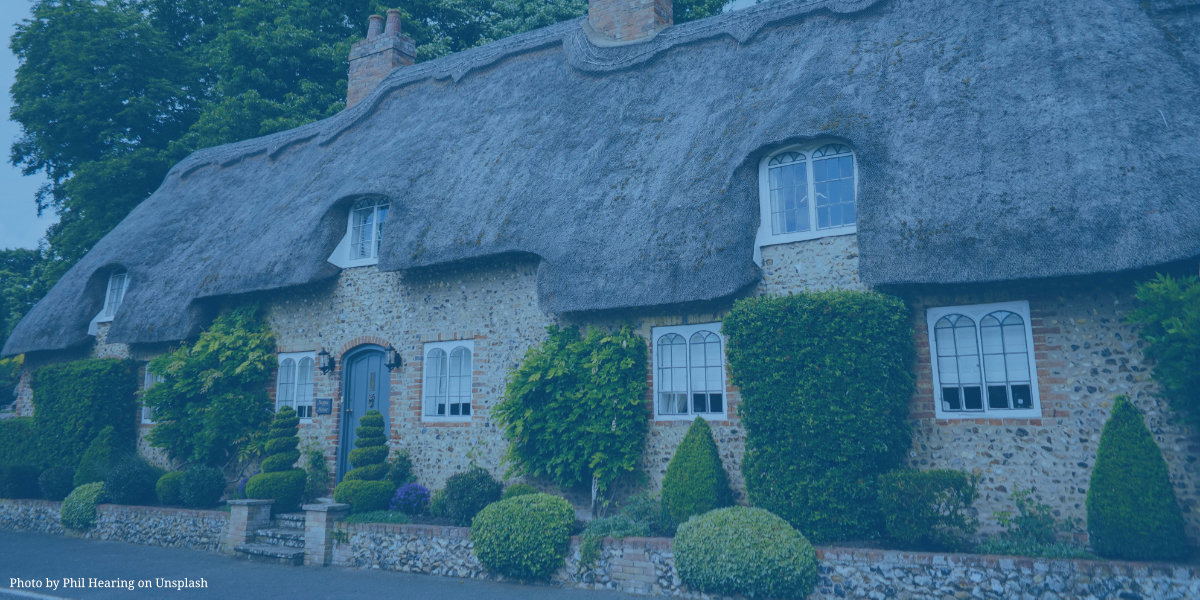What are Protective Property Trusts?
Protective Property Trusts (PPTs) are one of the most widely used trusts in wills today. The trust will usually take the deceased’s share in their main residence and give another person known as the life tenant (usually a surviving spouse or civil partner) a life interest in the property. This will allow them to live in the property for the rest of their life, or for a period of time specified.
If the life tenant wishes to move, the trustees have the power to sell the property and use the sale proceeds to purchase a substitute property for the life tenant to live in. Any additional proceeds of sale will remain in trust and the income from the funds will be paid to the life tenant. Powers to advance capital to the life tenant can also be included should the clients wish.
At the end of the trust, the property can pass to other beneficiaries. These are usually the deceased’s children.
Why use a PPT?
The most common use of a PPT is between spouses or civil partners is to ensure that their share in the home will pass to their children at the end of the trust. Gifting their share in the home to the surviving spouse outright in the Will or allowing it to pass to them by survivorship can cause a number of problems.
If the survivor remarries, the house could be passed to their new spouse under a new Will/by intestacy or alternatively, if this new marriage ends in divorce, the house could form part of the divorce settlement. A PPT will ensure that the children (or other chosen beneficiaries) will inherit the deceased’s share.
A surviving spouse could be subject to long term care fees or bankruptcy in the future. If the deceased puts their share of the property into a PPT when they die, that share will be owned by the trust rather than the spouse outright and is therefore sheltered from the surviving spouse’s potential long term care fees or bankruptcy.
PPTs can also be useful for couples who each have children from previous relationships. In such cases the survivor can be allowed to live in the home, and each can leave their own share in the home to their own children. This avoids the surviving spouse from potentially disinheriting them.
Where clients own a relatively large house, the power to downsize can be useful as the Life Tenant may not be able to cope with a property of that size as they grow older.
Clients often are not comfortable with the idea that a surviving spouse could form a new relationship and the new partner could benefit from living in the property. Provision can be made however for the PPT to end and the share distributed to the beneficiaries if the spouse or civil partner remarries, enters a new civil partnership or starts living with another person as if they were married/civil partners.
Photo by Phil Hearing on Unsplash.


 © Trust Wills & Probate Limited t/a WillPack. All rights reserved.
© Trust Wills & Probate Limited t/a WillPack. All rights reserved.
You must be logged in to post a comment.